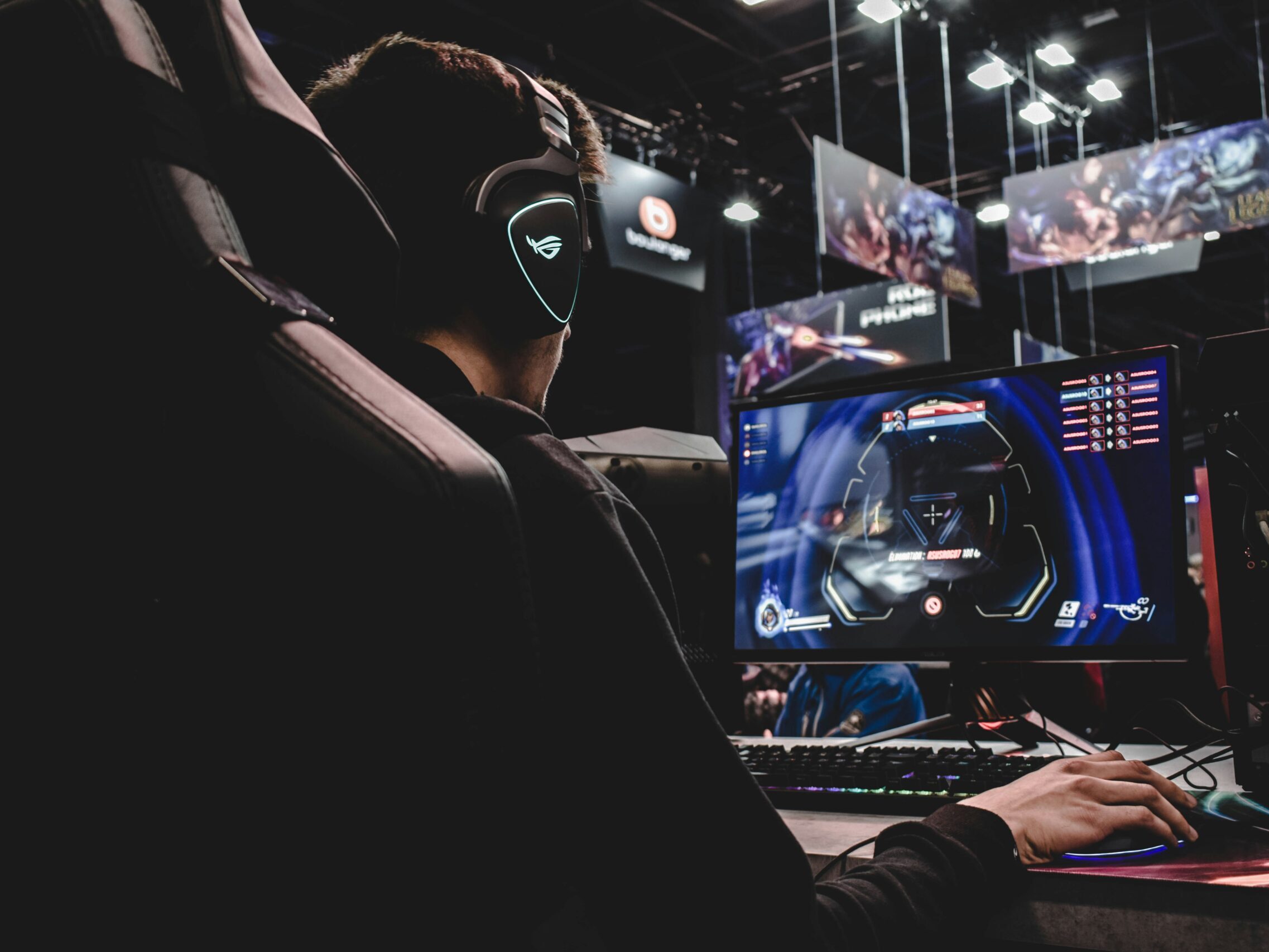4/15/2024
Conducting scientific research through video games is a seemingly far-fetched idea, but with the success of Borderlands Science, it could be a very realistic avenue for scientific research in the future. Since the project launched in 2020, McGill University, the institution leading the project, claims it has significantly advanced the knowledge of the human gut microbiome. How? By having over 4.5 million players play a minigame within the action-packed shooter Borderlands 3.
In April 2020, the video game companies Gearbox Software and 2K announced Borderlands Science, a minigame within the critically acclaimed shooter Borderlands 3. At face value, the game is a fun puzzle having you match colorful pictures to form neat rows, similar to popular mobile games like Candy Crush. In actuality, matching the sequences helps advance research into the human gut microbiome. Each of the colorful pictures represents a different strand of DNA. By organizing them, players are effectively able to compare similarities between each microbe.
In their trailer, cheerfully narrated by neuroscientist and actor Mayim Bialik, the team behind Borderlands Science explains that computers make mistakes when compiling and comparing DNA sequences, which can lead to errors in analysis later down the line. By having players correctly match the DNA sequences, it helps researchers train the AI used to analyze the data and fix those errors.
There were some initial doubts about the project’s viability, namely that a game known for its chaotic nature and fast-paced combat was not the right audience for a science analysis. However, the naysayers may have recently been proven wrong. In an article published this week, Jérôme Waldispühl, an associate professor at McGill University, claims that in half a day Borderlands Science, players collect more data than their previous game, Phyllo, collected in 10 years. McGill cites this success to be due to a “game first” approach, as researchers focused on making the game more interesting and fun, even if it dilutes the scientific research aspect of it. However, this drawback is negligible, as Borderlands Science has over a 600% increase in the average completed tasks compared to Phyllo. Because the data from the project is open source, other researchers can benefit from it. Rob Knight, a professor at the bioengineering department at the University of California San Diego, hopes to use the research to better describe how specific microbes relate to aging, diet, and various diseases.
This is just one example of the influence citizen science can have on improving scientific research at the academic level. There are misconceptions surrounding the role of the general public in scientific research, namely that the public can do more harm to a science research project than good, or is not interested enough to be involved to make citizen outreach programs viable. Borderlands Science proves that the public, and the gamer community in general, has the capacity for an incredible amount of social good.

